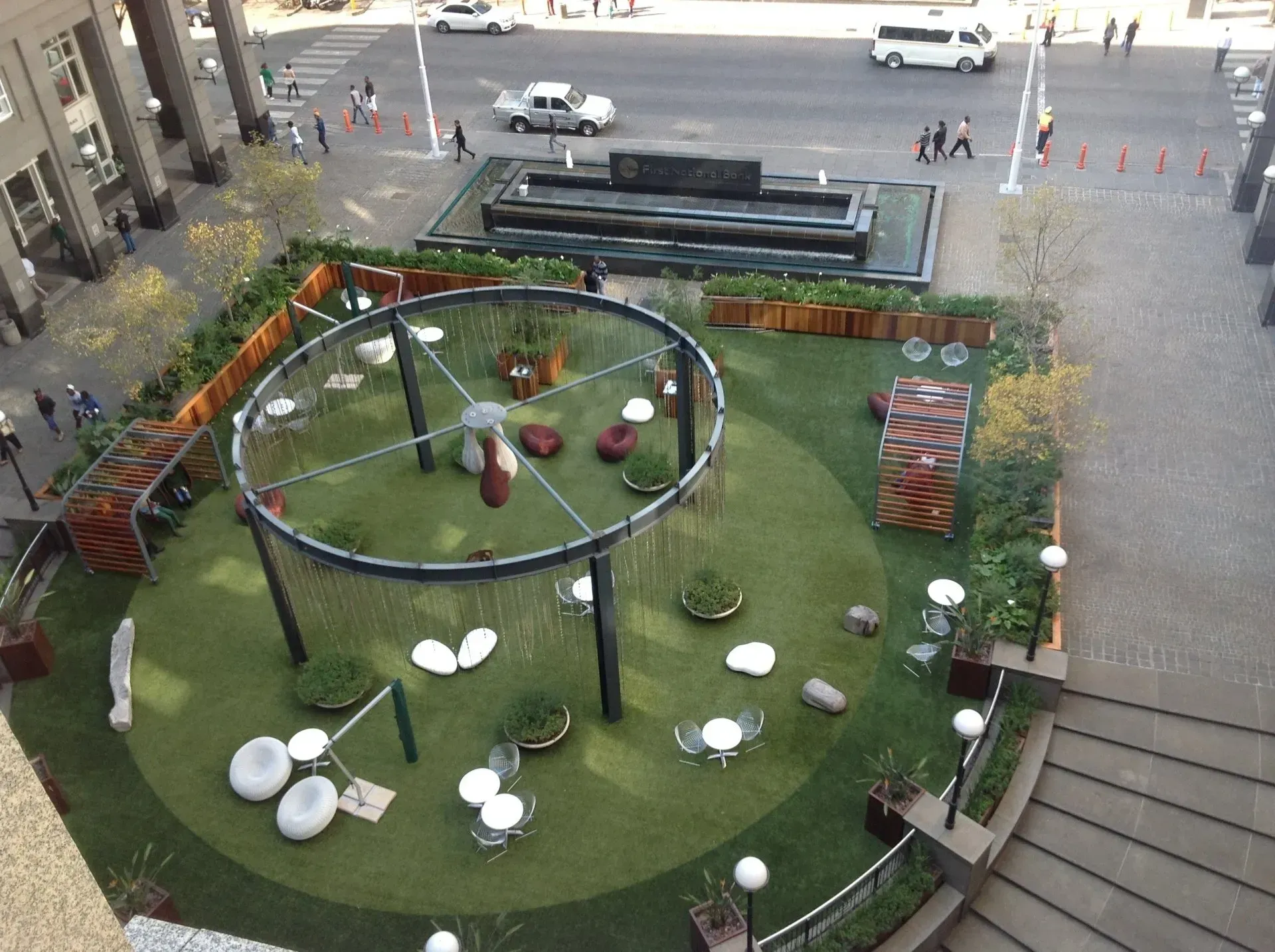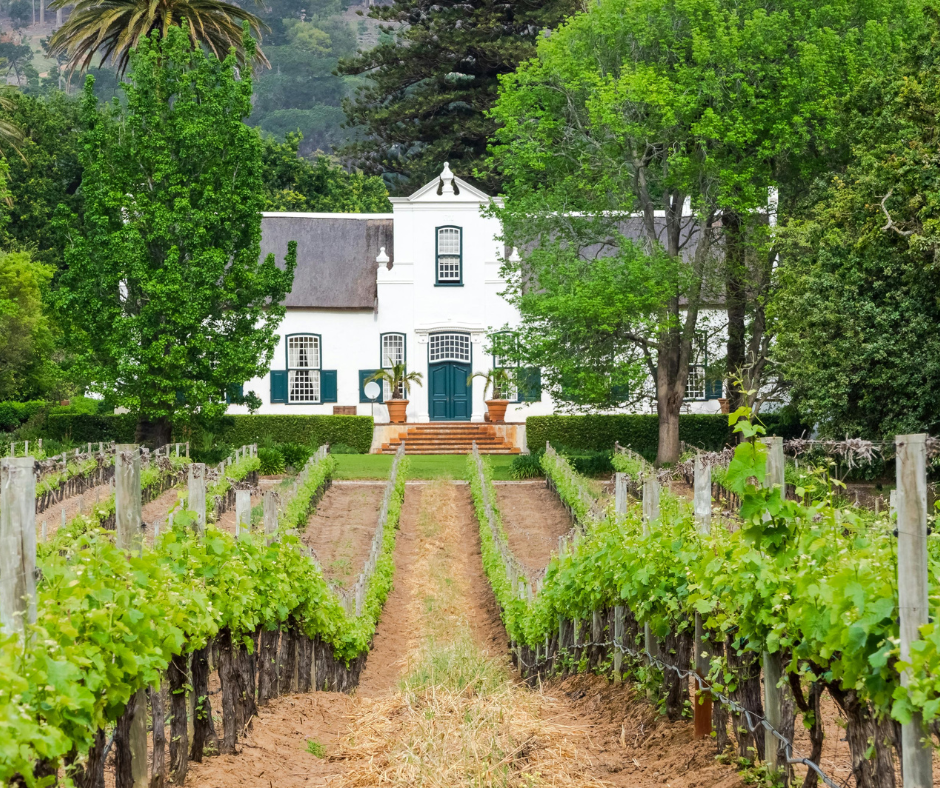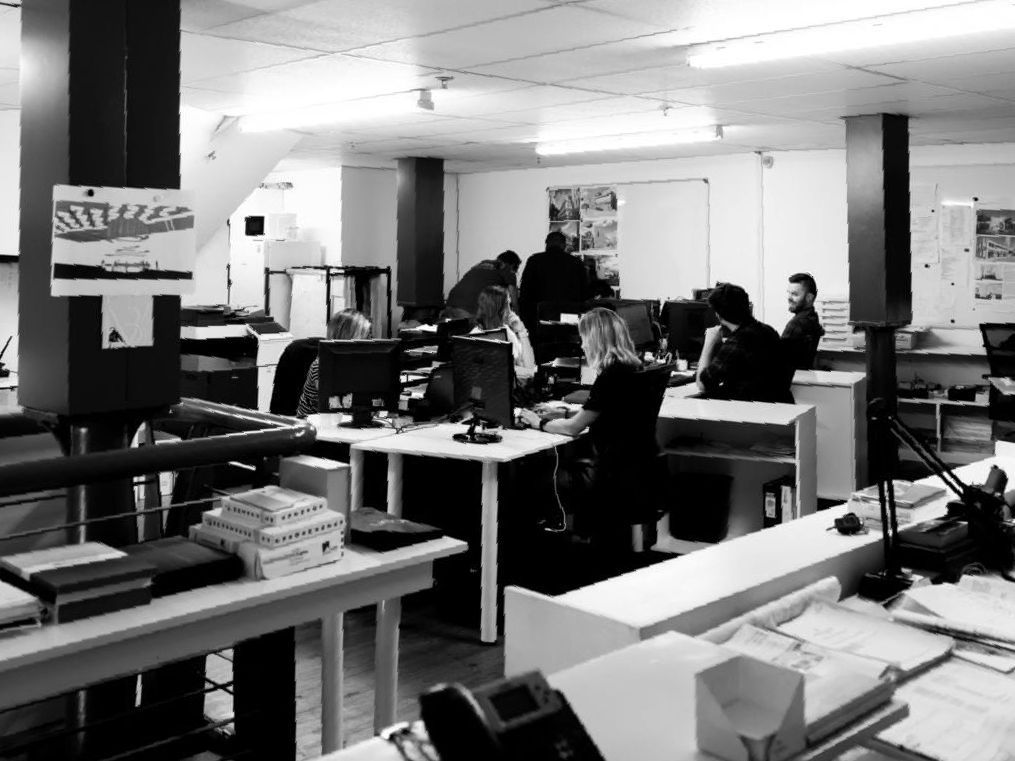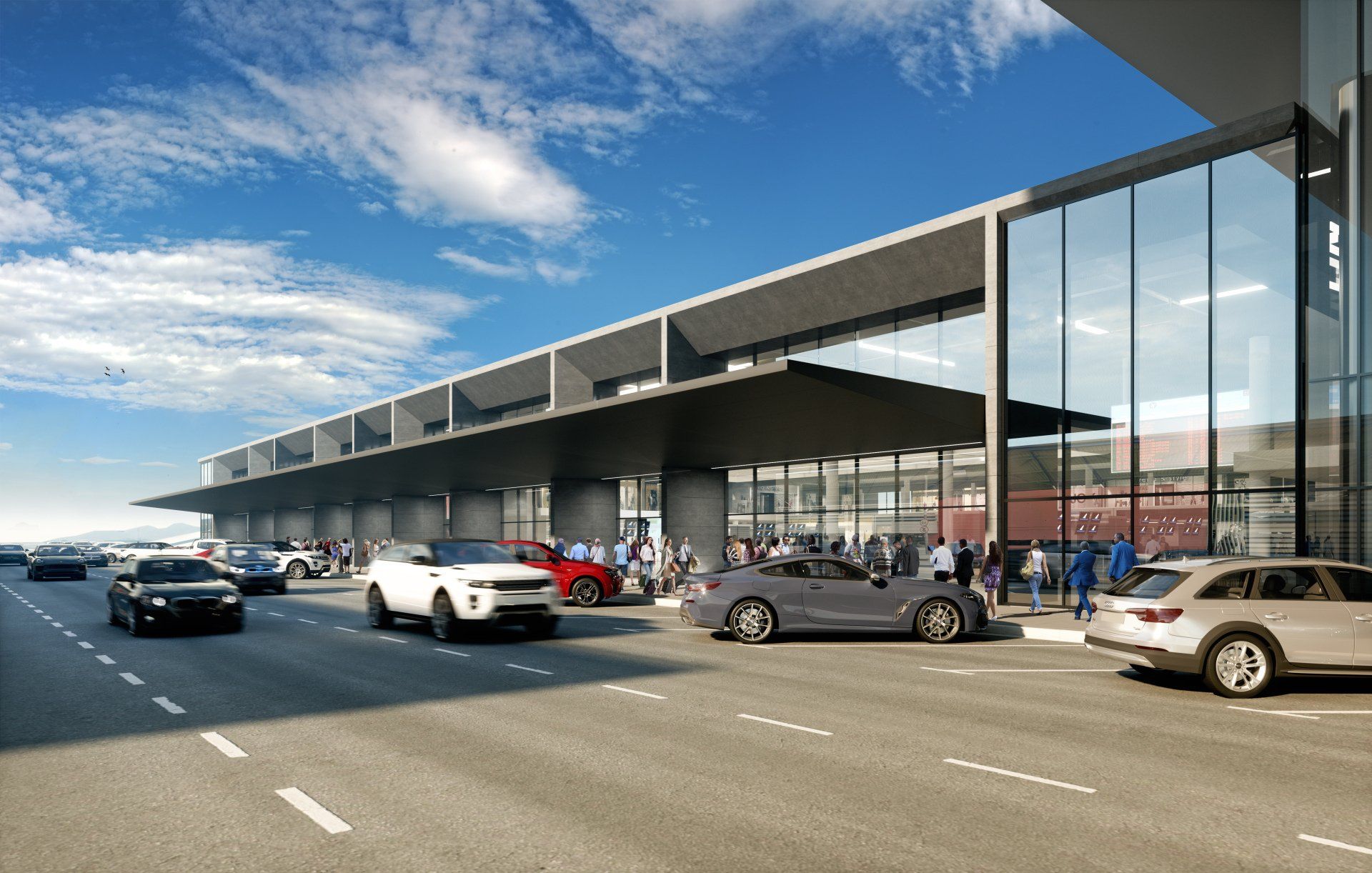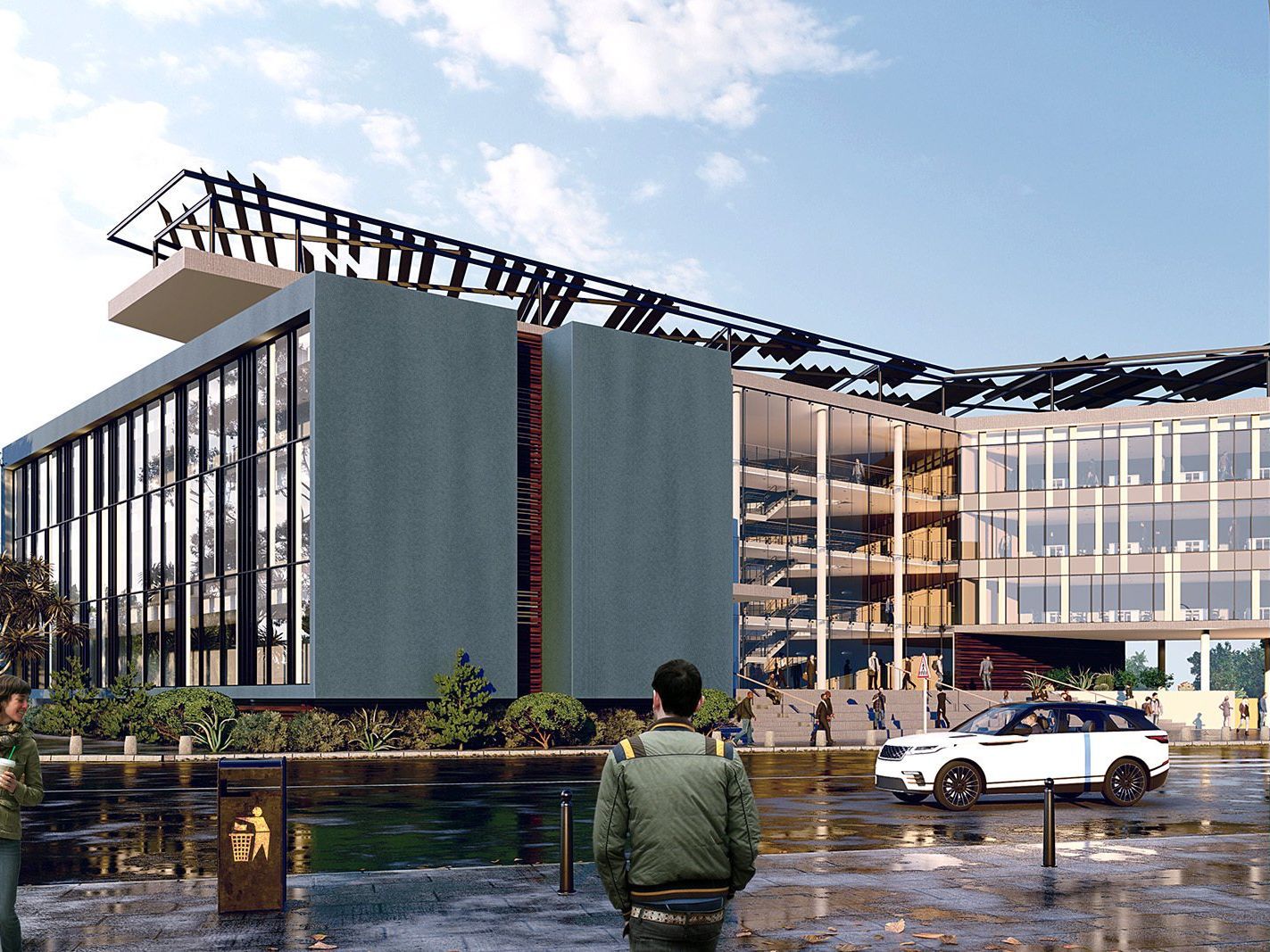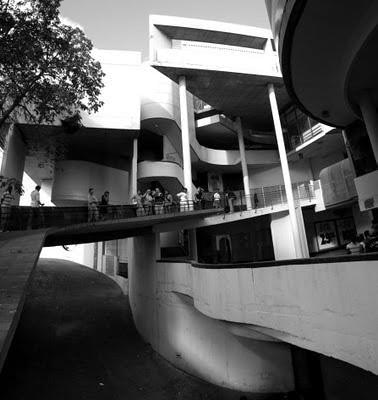Sir David Adjaye is a well-known and highly revered Ghanian-British architect, who has led a number of interesting and innovative architectural projects. This month Adjaye was awarded the prestigious Royal Gold Medal, the UK’s highest honour of architecture, which is approved by the Queen herself.
This medal has been awarded annually for the last 173 years, and David Ajaye is the first black architect to ever receive this award, making it quite an historical moment and a celebration for African architects. Sir David Adjaye has certainly uplifted many Ghanaians with his incredible achievement.
Adjaye was described by the judges as: “A singular and timely talent and a strong reminder of the insightful and integrative role of the architect.”
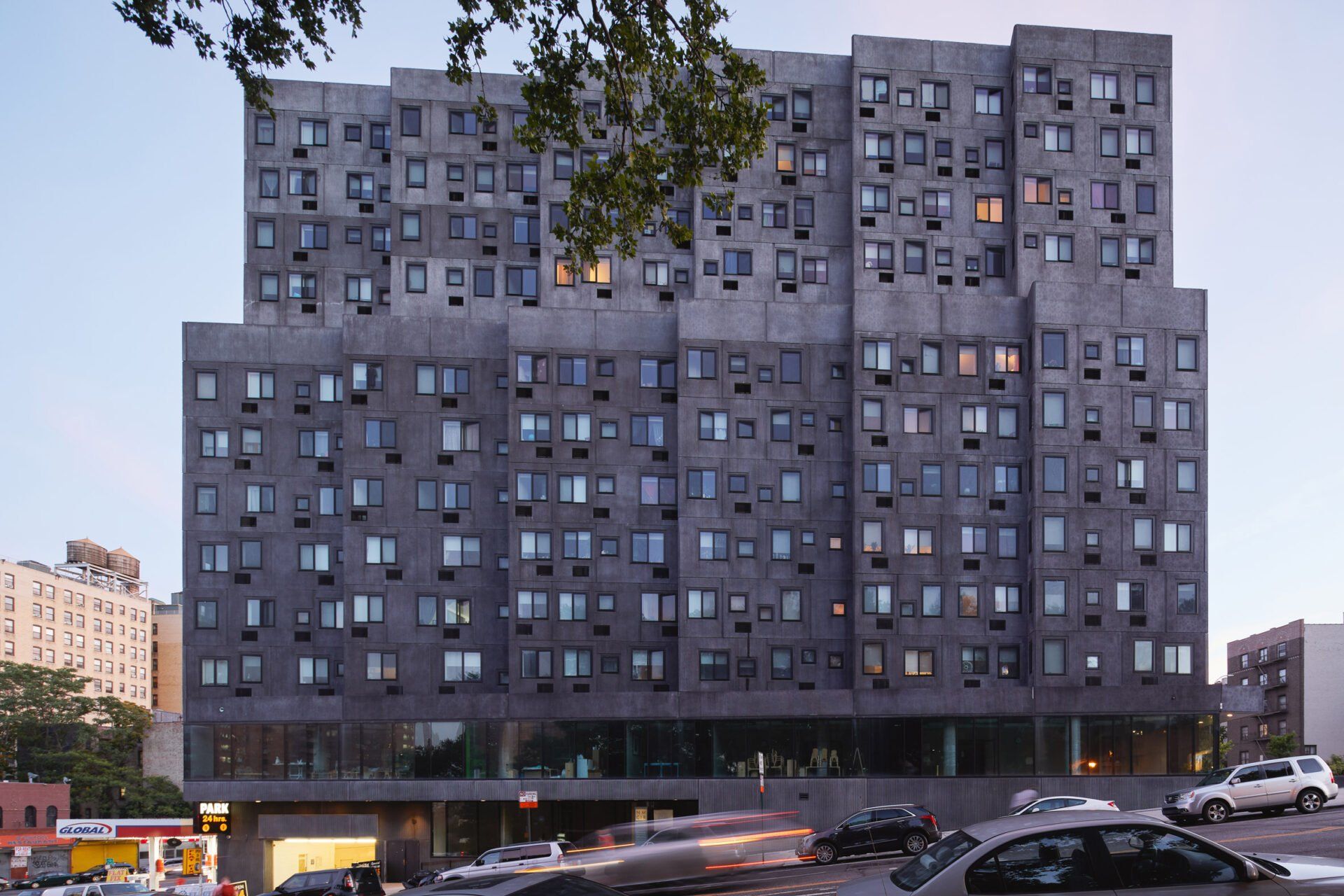
David Adjaye’s Architectural Career
Born in 1966 in Tanzania , David Adjaye spent his childhood living in multiple African countries including Yemen, Lebanon and Egypt. At age nine he moved to the UK where he was schooled, and later graduated from the London South Bank University with a BA in architecture.
In Adjaye’s successful career as an architect, he has pushed industry boundaries and has dared to bring to life innovative structures that have become iconic all around the world.
One of Adjaye’s most famous works is the ‘Lost House’. The ‘Lost House’ is situated in Kings Cross in London and is most famous for having no exterior windows. Instead of windows, it has multiple light wells that allow light into the building. The building has black resin floors that reflect the light source.
Other noteworthy and interesting completed projects of Adjaye’s include the National Museum of African American History And Culture, the Mole House, Ruby City, Dirty House in London, Spyscape USA, and the Idea Store. The most impressive part about the scope of Adjaye’s portfolio is its diversity. Having designed a mixed-use centre in Lebanon, a museum in the USA and everything from cabins to youth centres in the UK, Sir David Adjaye’s creativity and inspiration knows no limits.
For more information about our innovative architectural services and on how we can assist you, get in touch with our team of professional architects and designers in Durban and Cape Town.

Cape Town
109 Waterkant Street
De Waterkant Cape Town
South Africa, 8001
Durban
Rydall Vale Office Park
Rydall Vale Crescent
Block 3 Suite 3
Umhlanga, 4019
Website design by Archmark


